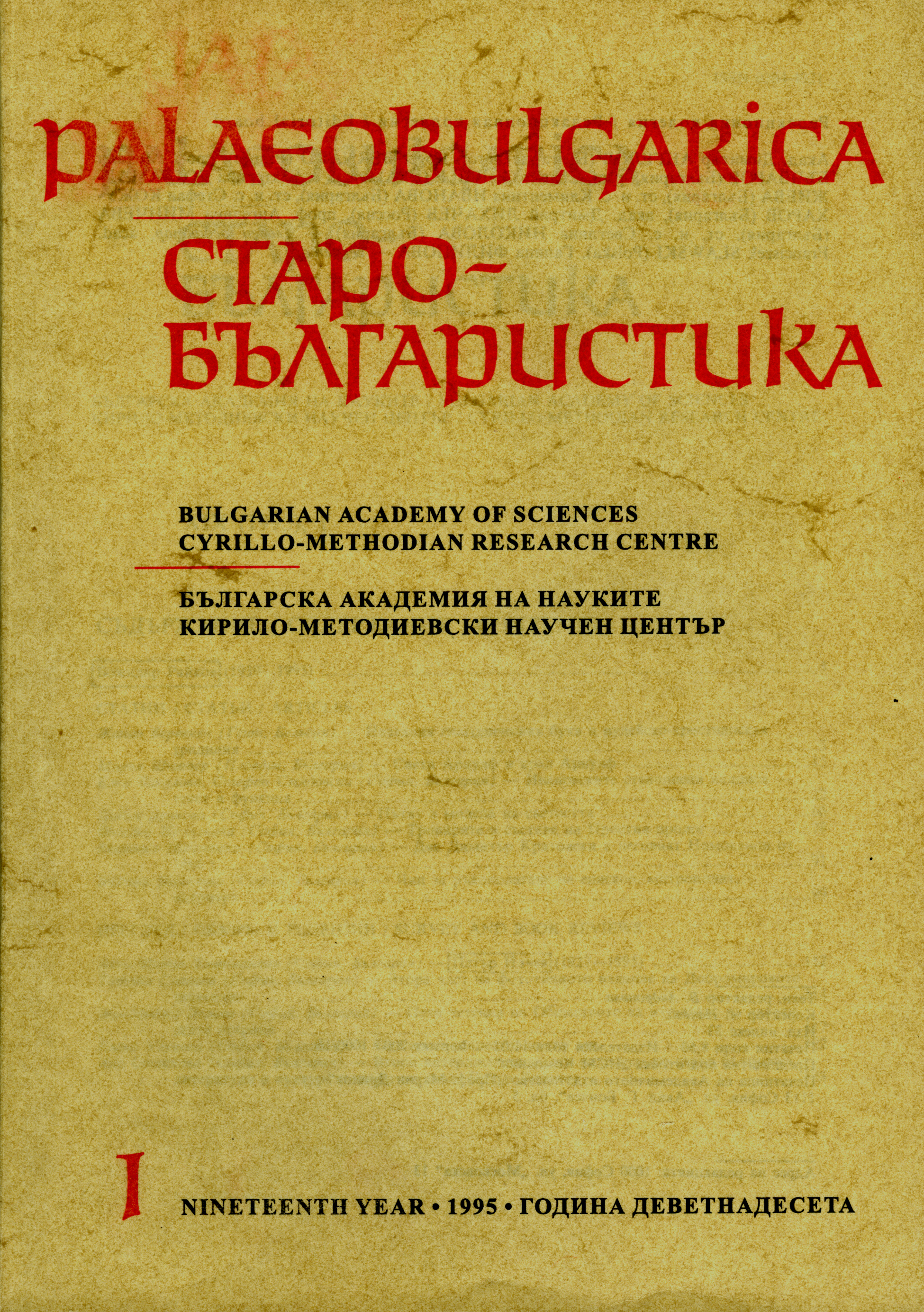Названия глаголических букв и иудейско-христианская традиция
The Names of the Glagolitic Letters and the Judeo-Christian Tradition
Author(s): Jeannine VereeckenSubject(s): Language studies, Theology and Religion
Published by: Кирило-Методиевски научен център при Българска академия на науките
Summary/Abstract: The origin of the names of the glagolitic letters, such as they have been handed down by the medieval abecedaria, have never been properly examined. Yet it has more or less been established that these meaningful names (azъ, buky, vědě, etc.), combined into short sentences, held a sort of religious message (cf. Ericsson and Samilov). I argue that it is possible to show that not only the principle of meaningful names, but some of the names themselves, derive from the Hebrew names of the letters. Initially the Hebrew alphabet was taught, using “representative words”, which combined into a didactic-religious verse. These “representative words” later transformed into names (aleph, beth, etc.), which required to be explained. Similar interpretations, usually directly related to the alphabetical Psalm 118, can be found amongst others in texts of some of the Church Fathers (Eusebius, Jerome, Ambrose). Though my research is not complete as yet, in at least seven cases do the glagolitic names match, or nearly so, the Hebrew names as they are interpreted by the Church Fathers: vědě – aleph; dobro – thet; jestъ – he; živěte (živitъ) – zain + heth; i – waw; tvrdo – samech; икъ – lamed. Furthermore it can be established that the oldest alphabethical poem, the Azbučna Molitva, which was inspired by Psalm 118, was likewise influenced by the Hebrew letter names in some of the initial words (milosti, prosęštumu, sila.faraoša). Further research will probably reveal even more parallels. This might imply that both the original Old Slavonic abecedarium and the Azbučna Molitva are a product of the same learned circle, or maybe even that they must be attributed to one and the same author, who was familiar with Hebrew (Constantine-Cyril?). The difference between both „alphabetic" creations is a matter of genre and function. The former is a mnemonic device, destined for instruction, the latter is a literary poem of outstanding level, inspired by the alphabetical psalms.
Journal: PALAEOBULGARICA / СТАРОБЪЛГАРИСТИКА
- Issue Year: 1995
- Issue No: 1
- Page Range: 5-14
- Page Count: 10
- Language: Russian
- Content File-PDF

